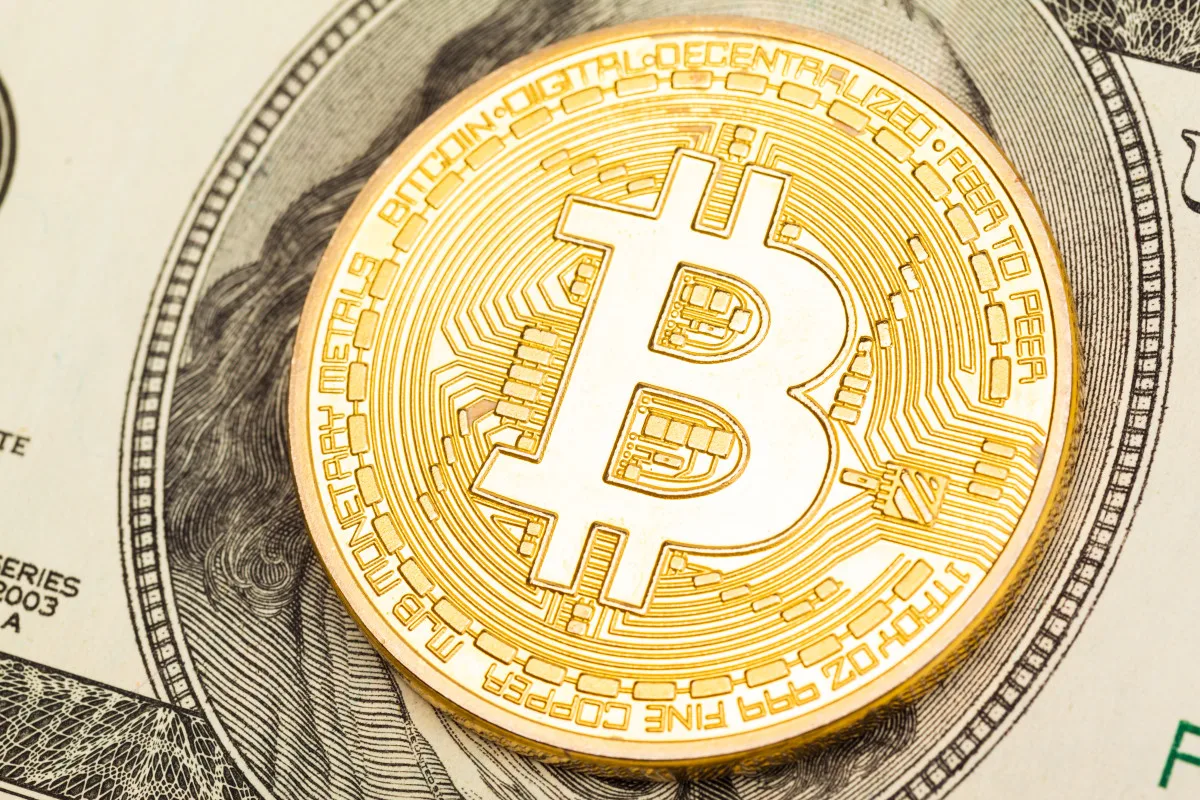This year has certainly tested Ethereum (CRYPTO: ETH) enthusiasts, with the cryptocurrency seeing a modest rise of just 5%, lagging behind Bitcoin and a host of other digital currencies hitting record highs. Yet, those investing in Ethereum have reasons for hope. While most eyes are on its technological evolution and ecosystem enhancements, the real game-changer could come from an unexpected place. Interest rate cuts might actually be the next pivotal force steering Ethereum’s course.
Understanding the intertwining relationship between Ethereum and Federal Reserve policies is crucial for forecasting its price trajectory. The Federal Reserve’s decision to slash interest rates by 50 basis points marks a significant development. Normally, lower rates boost risk-on assets like Ethereum by enhancing liquidity, but the relationship is deeper. Past experiences showcase that Ethereum doesn’t always ride the wave of rate reductions immediately but gains traction when the monetary policy shifts from quantitative tightening (QT) to quantitative easing (QE).
Interest Rate Cuts: A Catalyst or Just a Prelude?
The Federal Reserve’s shift to lower interest rates should ideally signal greater liquidity. Historically, this benefits assets deemed risky, such as cryptocurrencies, since they gain from heightened investor interest. However, Ethereum presents a complex case. In 2019, when the Fed last reduced rates, Ethereum’s price did not skyrocket immediately. Instead, its value slowly ascended, aligning with the transition from QT to QE.
Quantitative easing versus quantitative tightening encapsulates two distinct approaches to managing economic flow. QT constricts market liquidity by offloading government securities, potentially dampening Ethereum’s price. Conversely, QE does the opposite by purchasing these assets, thereby flooding the market with liquidity and driving asset prices upward.
The Federal Reserve’s Current QT Stance: Implications for Ethereum’s Future
Federal Reserve Chairman Jerome Powell has recently indicated a continuation of QT measures. While this might delay Ethereum’s price surge, it also suggests potential opportunities for strategic investors. Without the stimulus that QE brings, the appetite for risky investments, including Ethereum, remains subdued. However, when QE resumes, the stage may be set for Ethereum’s substantial rally.
Historically, it took a couple of months following initial rate cuts in 2019 for the Federal Reserve’s pivot to QE, after which Ethereum slowly gained traction. If we draw parallels from past patterns, the onset of QE in this monetary cycle could catalyze Ethereum’s next notable run, potentially in 2024.
Investors should remain observant, though. Economic shifts could hasten the transition back to QE if factors such as economic stagnation demand it. For those looking to seize the moment, accumulating Ethereum while prices reflect the current monetary climate could prove rewarding, eventually allowing participants to capitalize on its upward trend.
In sum, while Ethereum grapples with market dynamics shaped by the Federal Reserve’s monetary policies, the roadmap lies in recognizing timing shifts in QE. Matching strategic insights with market trends could open lucrative opportunities for Ethereum investors. Click Here For More Trading tips and strategies.
Is Now the Time to Consider Investing in Ethereum?
If you’re contemplating investing $1,000 in Ethereum, remember to ponder this:
The Motley Fool Stock Advisor team recently identified some of the 10 best stocks for investors now, and Ethereum wasn’t among them. This list, which has seen massive success in the past, might offer insights into promising areas for investment beyond cryptocurrency.
RJ Fulton, associated with The Motley Fool, holds positions in Bitcoin and Ethereum. Their disclosure policy offers transparency on potential conflicts.
Prediction: This Will Be the Next Big Move for Ethereum was originally published by The Motley Fool
Discover more from Make Money Online and Work From Anywhere
Subscribe to get the latest posts sent to your email.




